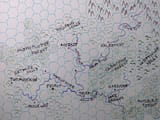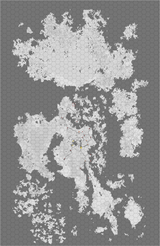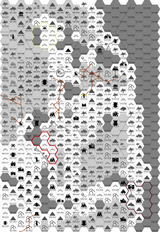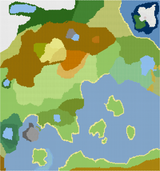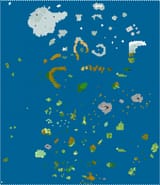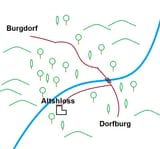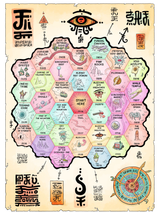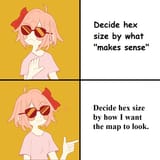>>96018011
>>96018057
> it's a useful tool.
This is true for any map, no matter how it is divided and filled in into cells. Hexgrid doesn't do anything special, extra or unique here, and a gridless map (not just hexless) would do the exact same job
> foundations for making it more interesting
>by simply knowing what is there for the players to find.
Those statements are cotradictionary
>but they dont slow it down either.
Move to position by specific amount of hexes, triggering specific amounts of specific encounters over specific terrain types, which have specific tables, all handled manually.
vs. handwave on all of that
vs. using distance-encounters, rather than location-encounters
Bonus points if its exploration over FoW map, so you need to wait for players to code that on their own map hex-after-hex.
... did you remember to bring crayons?
>As mentioned they are the foundations for making travel more engaging
And, other than repeating that for the third time, how does it ACTUALLY happen? Don't tell me they do, tell me HOW.
>downright essential to playing certain types of games.
The only game it is essential for is hexgrid crawl. That's like saying a horse is essential for horseback riding.
>Your dislike of them
And, yet again, a pointless projection. I'm questioning their (lack of) ultility. Has nothing to do with personal preferences.
>Anon, i 'm a geologist that took cartography classes and even i wont bother to make a real functional map with scale, elevation etc for an rpg campaign.
Yet you plan to make a hexgrid, which is all of that AND the then coding it into the honeycomb itself.
To sum this whole thing up, your statment boils down to:
- claiming hexgrid is useful, without answering the question of "how"
- trying to sideline the critique on (projected) personal dislike of the solution
